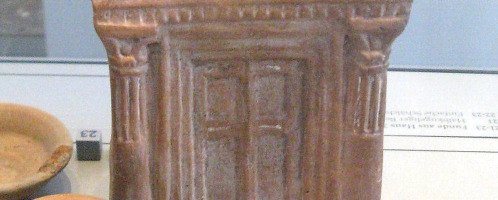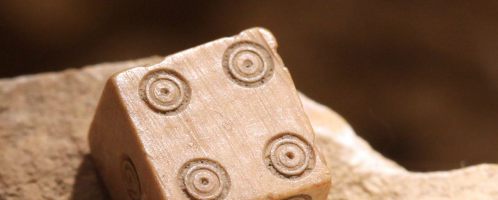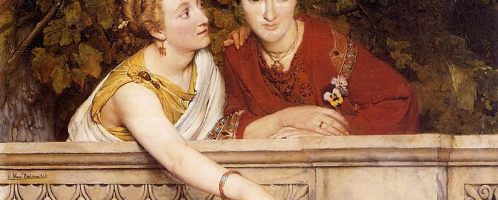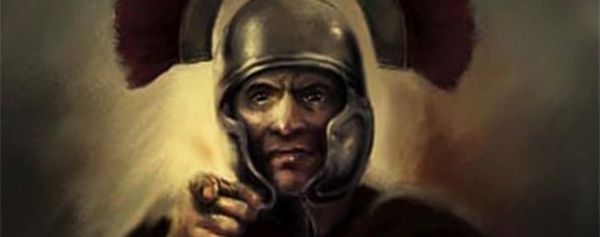Horses in ancient Rome
When a favourite horse of Emperor Caligula, gracefully named Incitatus (Swift), was appointed senator, many pointed out his Spanish origins and the fact that his original name was Porcellus (Piglet). The benevolent lawmakers were blinded by the sight of Piglet’s golden manger, a harness studded with precious stones, and 18 servants serving the brave senator.











